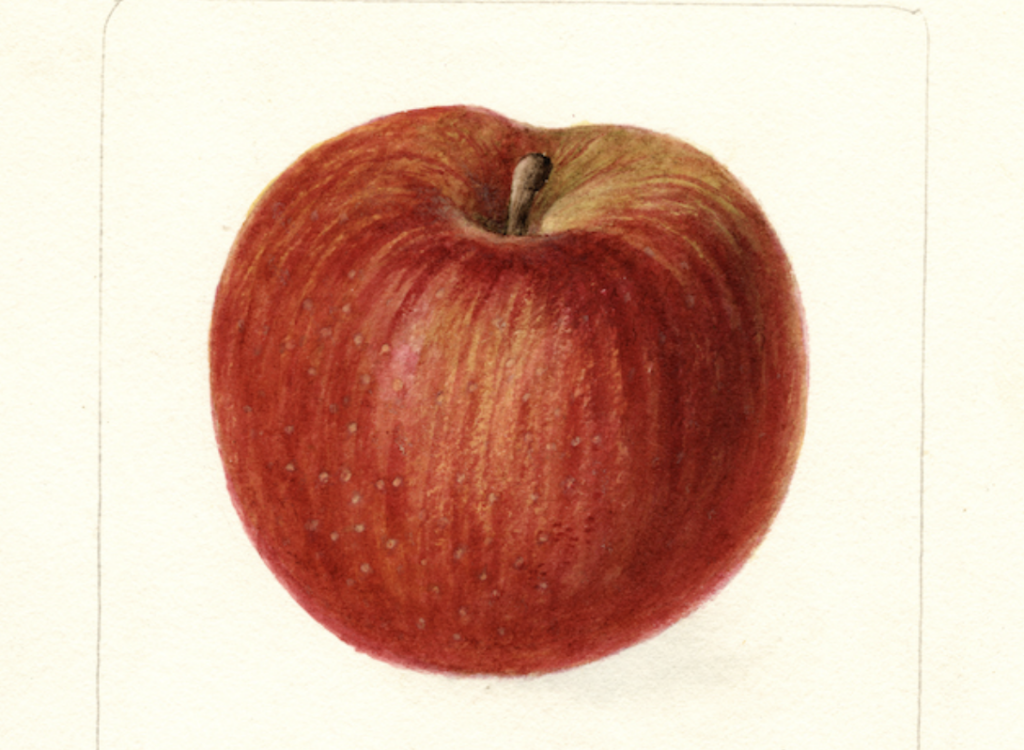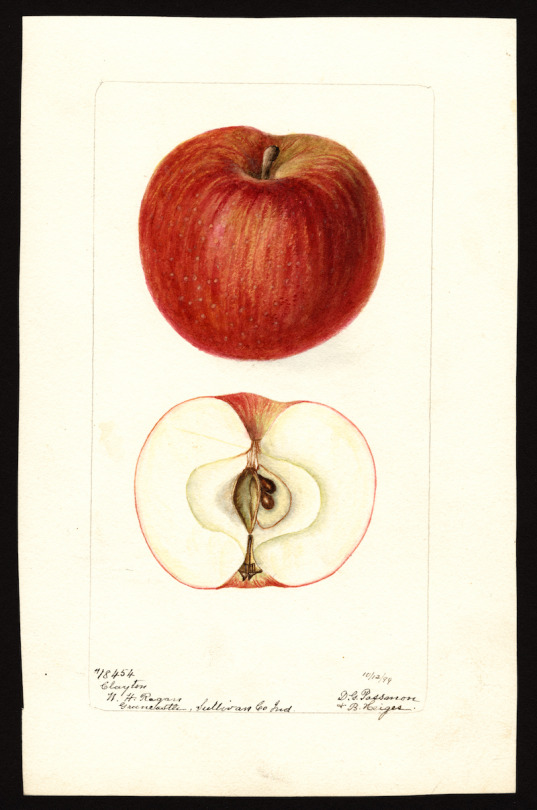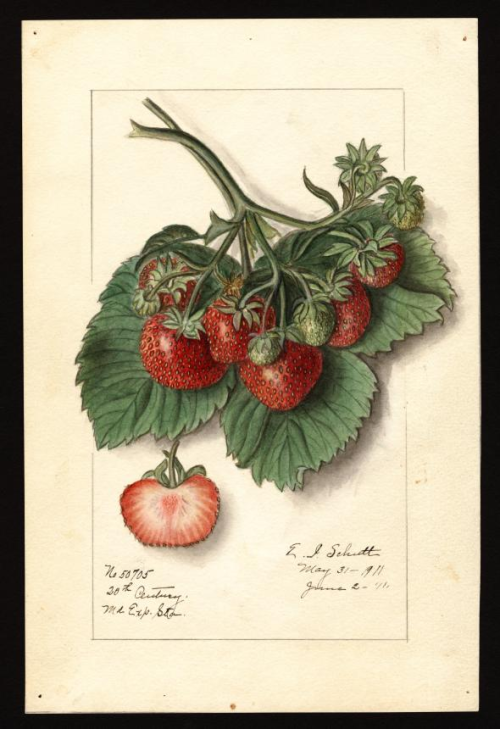George Ella Lyons, With A Hammer For My Heart

George Ella Lyons, With a Hammer for My Heart
More Posts from Calystegia and Others






FINALLY the buttonbush pictures. These are just about the coolest flowers in the world. And they grow all over the riverbanks and are swarmed with pollinators right now it’s amazing. My mom and I couldn’t canoe 10 feet without spotting another one and of course we couldn’t not check out every single one.
“Pitcher Plant”
I dislike the term “pitcher plant”. It reeks of outdated ignorance and describes a vast number of species from around the world, many of which are not closely related to each other.
As a botanist, and an evil one at that, I prefer to be precise with my language. You too can become an educated scientist and terrific snob by using the correct terms for each variety of “pitcher plant”. If you require education on the matter, allow me to inform you.
There are three families of “pitcher plant”: Sarraceniaceae, Nepenthaceae, and Cephalotaceae. Sarraceniaceae has 3 genera — namely Sarracenia, Heliamphora, and Darlingtonia. Nepenthaceae has a single genus (Nepenthes), and Cephalotaceae has a single species. An entire family with only one species. Ugh.
Now, they look quite distinct from each other, so here are some photos and facts.

This species belongs to Sarracenia, the North American or trumpet pitcher plants. Note the height and slender shape.

This is also a Sarracenia. Note the lack of height and squat shape. Most Sarracenia species look like one of these two — they are quite easy to identify. They are found in boggy, temperate areas around North America and reach a height of up to 4 feet tall.

This is a stunning example of a Nepenthes (tropical pitcher plants) species. These are what you likely think of when someone mentions “pitcher plants”. Beautiful, found in warm, humid regions of the world. They are climbing vines and pitchers can reach over a foot tall (this is species-dependent).

This is an example of Heliamphora, the sun pitchers. They can be found in South America. While still belonging to the family Sarraceniaceae, they are not as tall as Sarracenia, but still quite graceful. If you have a mind for Greek, you may wonder if the “heli” in Heliamphora is for sun (from “helios”). It is not. The name Heliamphora instead comes from “helos”, meaning marsh. The name “sun pitcher” is misleading and comes from a misunderstanding — these plants would be more accurately called “marsh pitchers”.

I have a passionate love-hate relationship with Cephalotus follicularis. Cephalotus is a monotypic genus (a genus with only one species) and of course it is Australian. They look similar to Nepenthes but are unrelated and much smaller — the plants reach just shy of 8 inches tall.
There are also the cobra lilies, Darlingtonia, which belong to Sarraceniaceae. Those are arguably similar enough to Sarracenia that they do not need to be discussed here. Darlingtonia is another monotypic genus within Sarraceniaceae.
Now you have absolutely no excuse. You have been informed on the major genera of “pitcher plants” and should weaponize this knowledge as you see fit.
The brilliant and brave may also wish to weaponize the plants themselves. Kindly send me updates if you do. I am ever so curious…


THE OLD FRIENDSHIP OF BLUEBERRIES AND SWEET FERN:
"In the time before refrigeration, Ojibwe folks kept their blueberry harvest fresh by lining their birchbark storage containers with a plant called sweet fern that often grows right alongside blueberry bushes!
The leaves of sweet fern produce a compound called gallic acid, which is a potent anti-microbial and keeps harmful bacteria like salmonella from growing on the berries.
It's name in the Ojibwe dialect I've learned is "giba`iganiminzh" meaning "it covers the berries" because of this usage and its contribution to keeping the precious staple food of minan (blueberries) fresh!
I don't use a birchbark container but I do pop a few sprigs of sweet fern into my gathering bag when out picking and then into my tupperware when storing berries to remember and utilize the gifts of this wonderful plant!
(Sweet fern can also be used as a medicinal tea to help the intestines and colon! And when added to a fire, the smoke will help keep away mosquitos and horse flies--in addition to smelling lovely!)" - The Native Nations Museum, founded by Chippewa Bonnie Jones
Invasive Species and Xenophobia
Invasive species are complicated! People have a lot of feelings about them, positive and negative. Are plants that move "invaders" "colonizing", "immigrants", "citizens"? What does it mean to kill species that are from somewhere else? What if that species legitimately makes a poor neighbor and causes extinctions in other, native species? This complex, culturally-loaded issue is a foundational issue behind a lot of plant conservation and restoration.
This is a juicy and still actively disputed topic! The Guardian recently had a big article on colonialism in Botany, (tbh her views are dated and reductive, imo) and it’s come up again this week, to much hostility (cw: reddit). Yes, my region's native plant restoration came from literal nazis, but also, the impacts of some invasive species are real, not figments of a racist imagination. How do we balance these issues? What does ethical invasive management look like?
Since it’s such a juicy topic, I wanted to offer a few fun readings to share:
The Native Plant Enthusiasm: Ecological Panacea or Xenophobia?, Gert Gröning and Joachim Wolschke-Bulmahn, 2004, Arnoldia.
THE CLASSIC 20th century German nazis and native plants paper. Made a huge splash when it came out, and you will still encounter people who paint all native plant stuff with this brush. Summary: yeah the nazis loved their native plants and used them as part of their conquering process. Also, the first prairie plantings ever, located in Chicago, were done by a racist probable-nazi for racist reasons, full stop. I’ll let him speak for himself: “The gardens that I created myself shall… be in harmony with their landscape environment and the racial characteristics of its inhabitants. They shall express the spirit of America and therefore shall be free of foreign character as far as possible… the Latin and the Oriental crept and creeps more and more over our land, coming from the South, which is settled by Latin people, and also from other centers of mixed masses of immigrants. The Germanic character of our race, of our cities and settlements was overgrown by foreign character. The Latin spirit has spoiled a lot and still spoils things every day.” - Jens Jensen
Botanical decolonization: rethinking native plants, Tomaz Mastnak, 2014, Environment and Planning D: Society and Space
Rather than viewing native plant plantings as an act of racially-pure occupation, Mastnak positions native plants in California as a decolonization of the sub/urban lawn. Uses a lot of quotations from 16th century English philosopher Francis Bacon, and is heavy on the philosophical musings.
From killing lists to healthy country: Aboriginal approaches to weed control in the Kimberley, Western Australia by Bach et al., 2019, Journal of Environmental Management.
This paper talks through some of the native vs invasive debate, and offers a different perspective on how to approach to plant invasive management based on cultural relations, rather than country of origin or behavior.
Beyond ‘Native V. Alien’: Critiques of the Native/alien Paradigm in the Anthropocene, and Their Implications, Charles R. Warren, 2021, Ethics, Policy, & Environment
DENSE but thorough, if you want to follow the entire history of the native/invasive debate, this has you covered. The most interesting stuff, in my opinion, is the discussion of invasive denialism, IE: the impasse of “You’re just being racist!” Vs “You know nothing about ecology!” I recommend the Discussion, which starts on page 13.



At what point does an exploration of these images tip from information into knowledge? It’s hard to say, but it’s unlikely we would pursue either one if that pursuit didn’t also include its share of pleasure. Enter the USDA’s Pomological Watercolor Collection here to [view] and download over 7,500 high-resolution digital images like those above.
I wonder how many of these fruits & vegetables have changed since 1886?

The consequences of allowing taxonomy to falter are significant. Every year, botanists around the world discover around 2,000 new plants, a number that has held fairly steady since 1995, suggesting that there are still tens of thousands of plants to introduce to science. Three-fourths of the new species are already threatened with extinction. If we don’t have taxonomists to describe these species, we stand little chance of saving them — or their habitat.
With the threats of climate change, nuclear war and artificial intelligence bearing down, the act of simply itemizing our plants can seem trivial. But when I asked Art Gilman, a botanist, taxonomist and author of “The New Flora of Vermont,” why it matters, he paused in the careful way of a scientist. He gave no answer about curing cancer or revolutionizing food systems. “We lose the opportunity to know our world,” he said, finally.
-
 calystegia reblogged this · 4 months ago
calystegia reblogged this · 4 months ago -
 ribscarvedlikebutterflies reblogged this · 11 months ago
ribscarvedlikebutterflies reblogged this · 11 months ago -
 turtles-alltheway-down liked this · 11 months ago
turtles-alltheway-down liked this · 11 months ago -
 ameretat-raw reblogged this · 11 months ago
ameretat-raw reblogged this · 11 months ago -
 ameretat liked this · 11 months ago
ameretat liked this · 11 months ago -
 holyfigtree reblogged this · 11 months ago
holyfigtree reblogged this · 11 months ago -
 asfaltics liked this · 11 months ago
asfaltics liked this · 11 months ago -
 pneumaticpresence reblogged this · 11 months ago
pneumaticpresence reblogged this · 11 months ago

icon: Cressida Campbell"I know the human being and fish can co-exist peacefully."
35 posts



